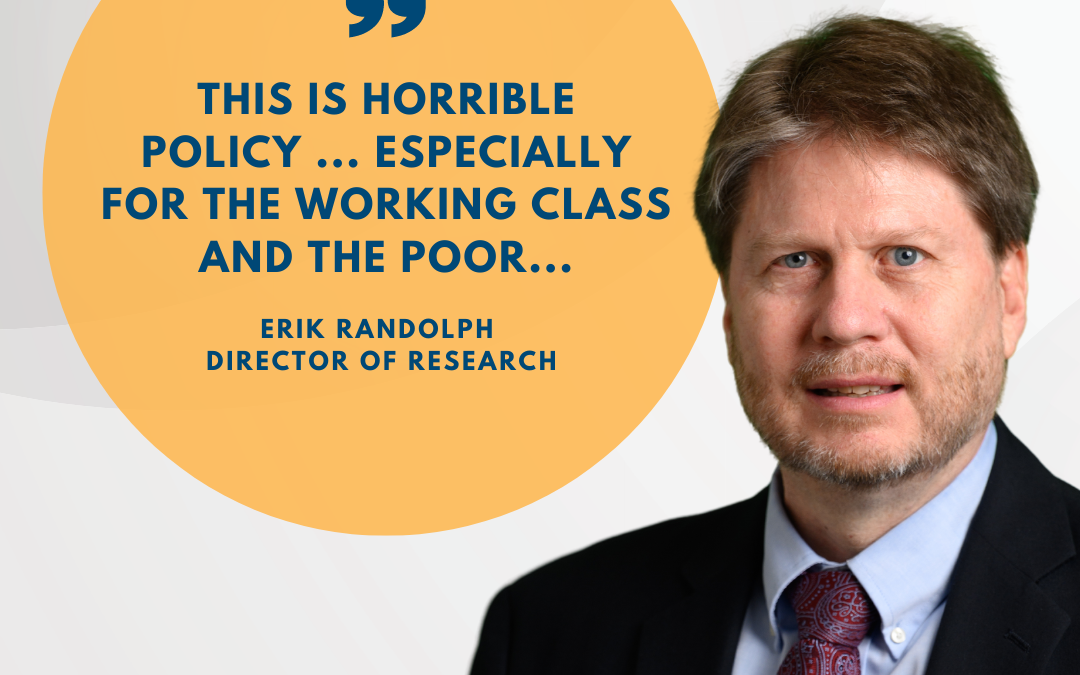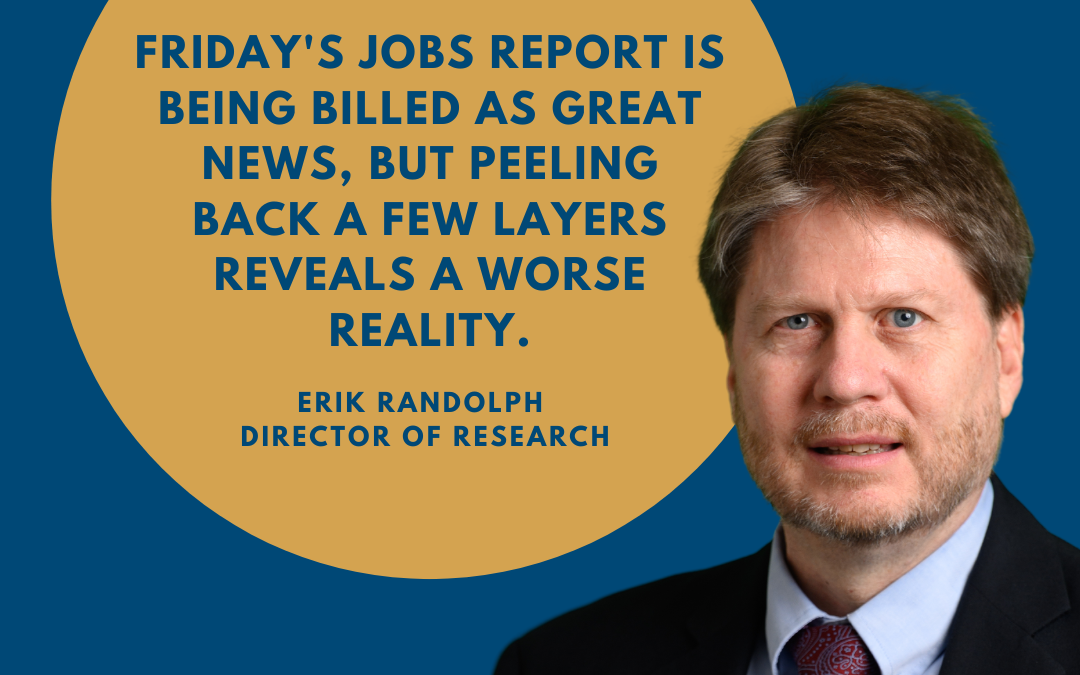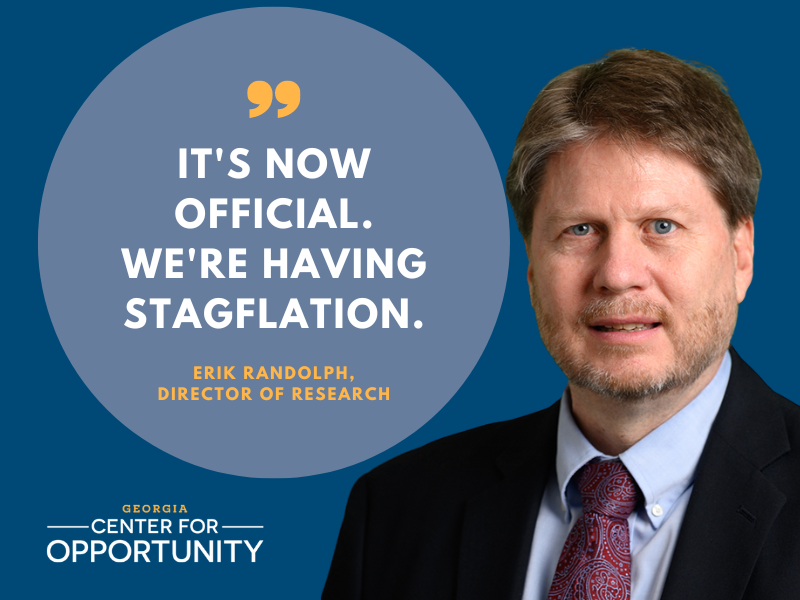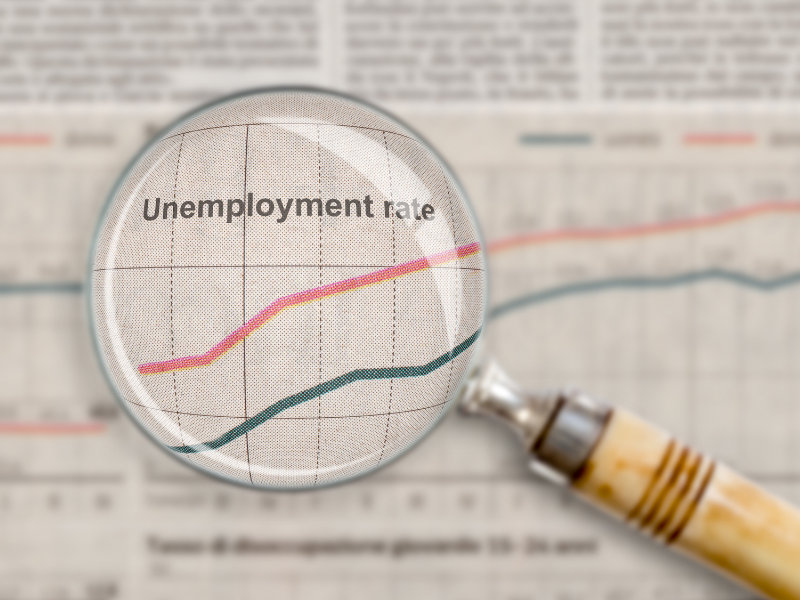
Welcome lawmakers to Atlanta for the opening of the 2023 session

Welcome lawmakers to Atlanta for the opening of the 2023 session
-
- Some workers find themselves torn between taking steps toward a more secure future, but ultimately forced into making decisions that traps them into long-term dependence on government benefits. These are known as benefits cliffs. We’ll be working to educate lawmakers on this reality and propose reforms to ensure all workers have the opportunity to climb the economic ladder. Learn more
Expanding educational freedom
-
- We are still uncovering the extent of learning loss experienced by kids during the pandemic. We know that expansion of educational opportunityis a key solution to this problem. Passing Education Scholarship Accounts, or ESAs, will be a big step forward in helping all Georgia students achieve their full potential.
Promoting an anti-poverty agenda
-
- GCO is part of the Alliance for Opportunity, a three state network of policy organizations built around furthering an anti-poverty agenda. We will be working with lawmakers to promote solutions to poverty that lift Georgians up into the middle class.











